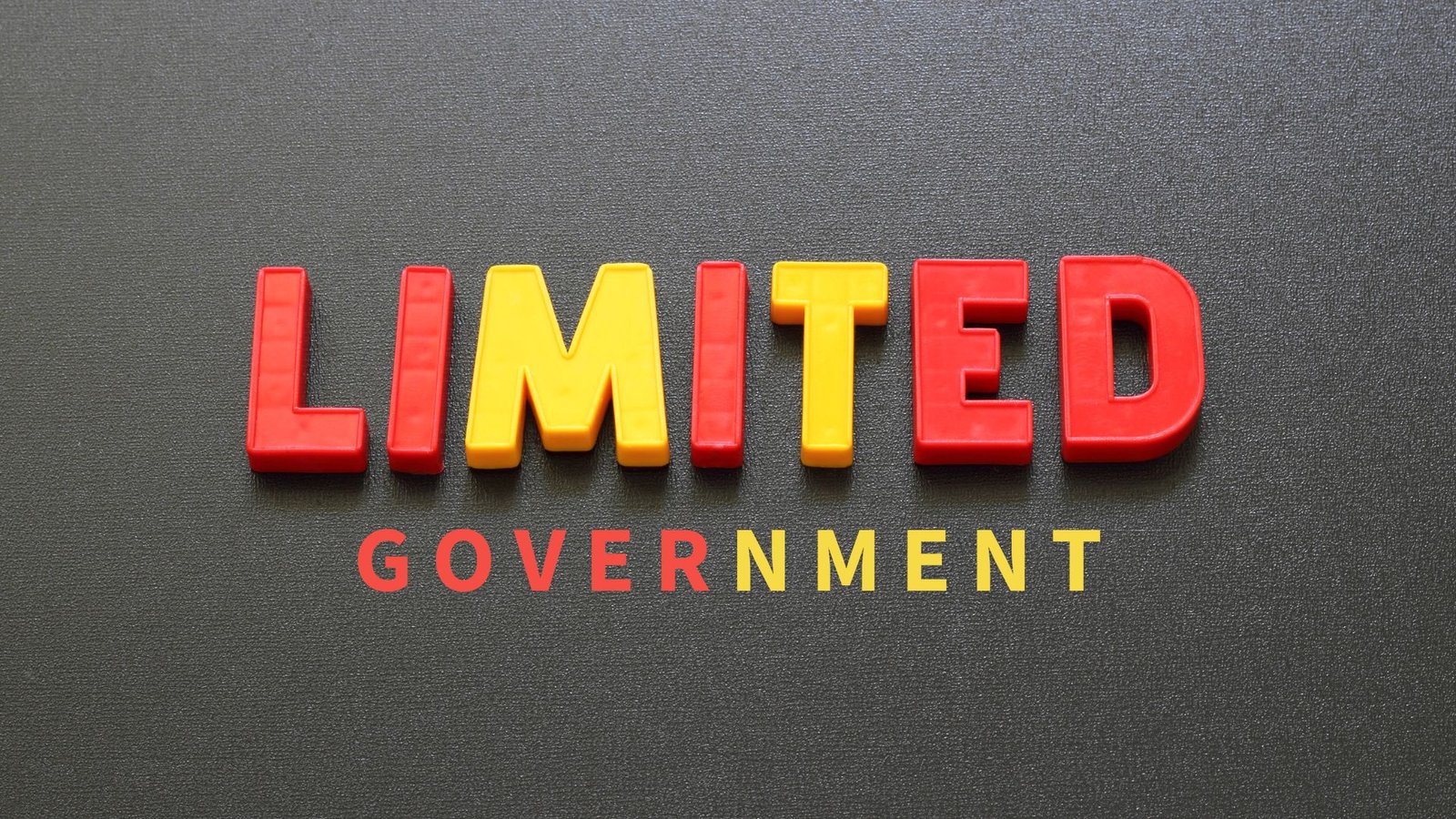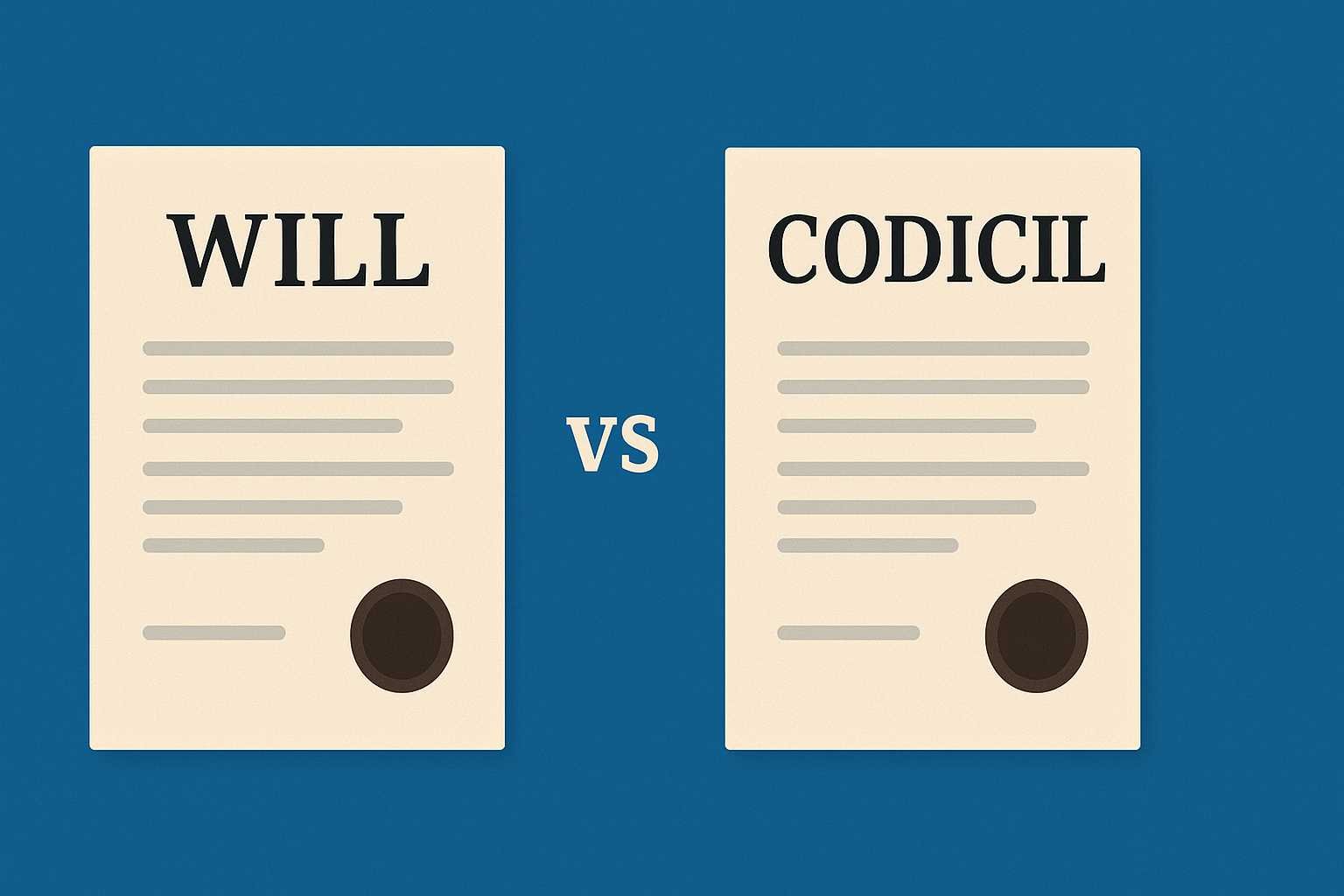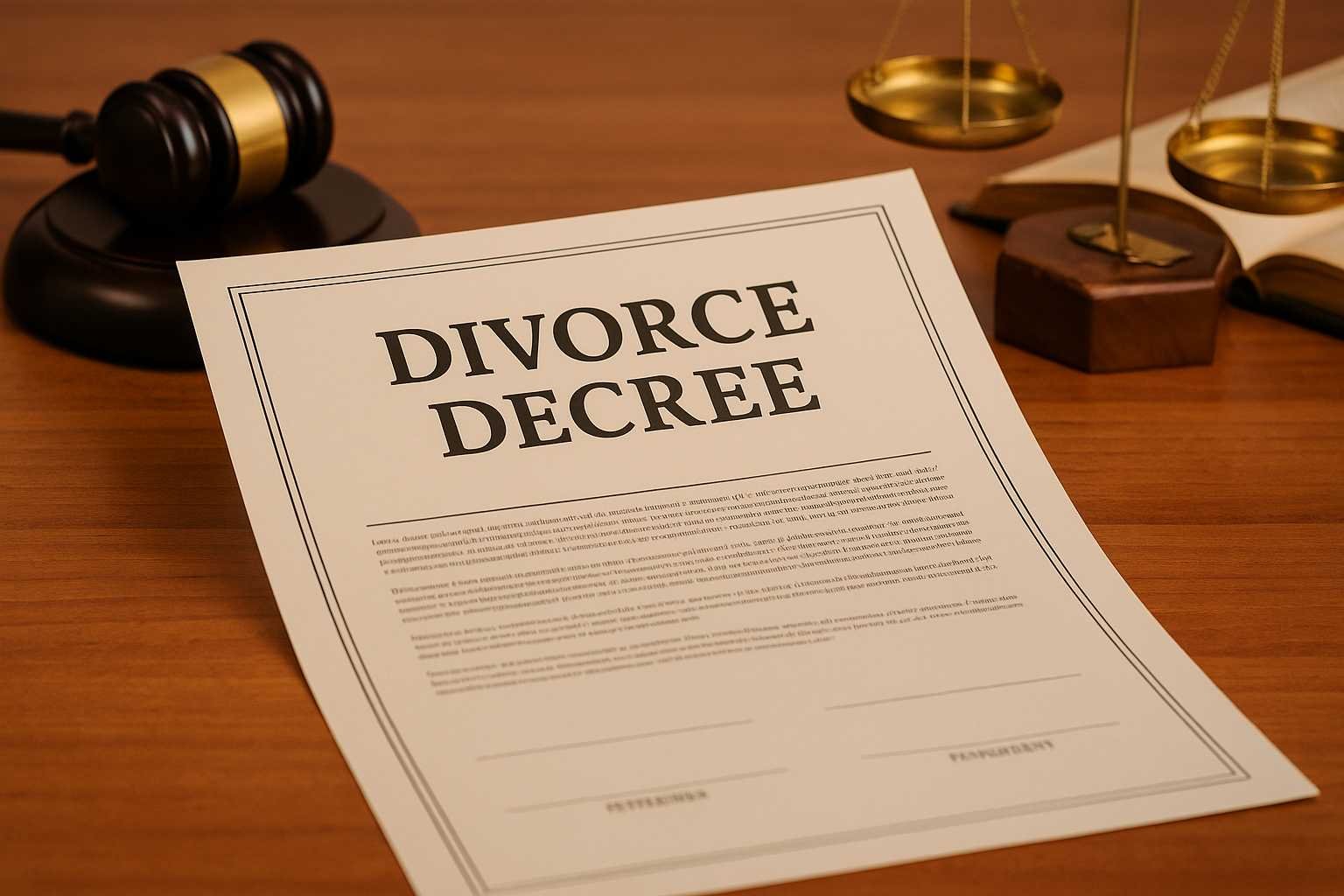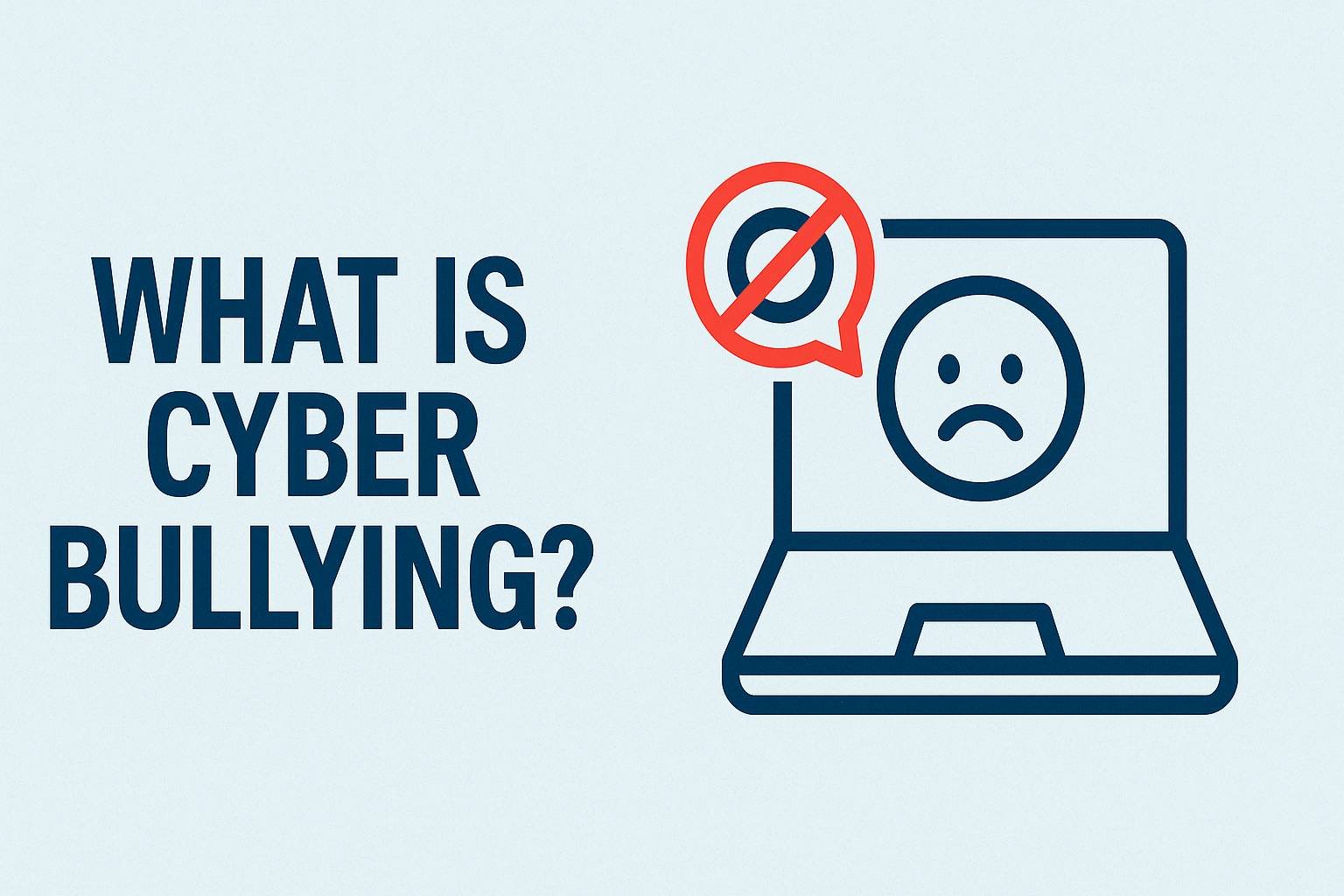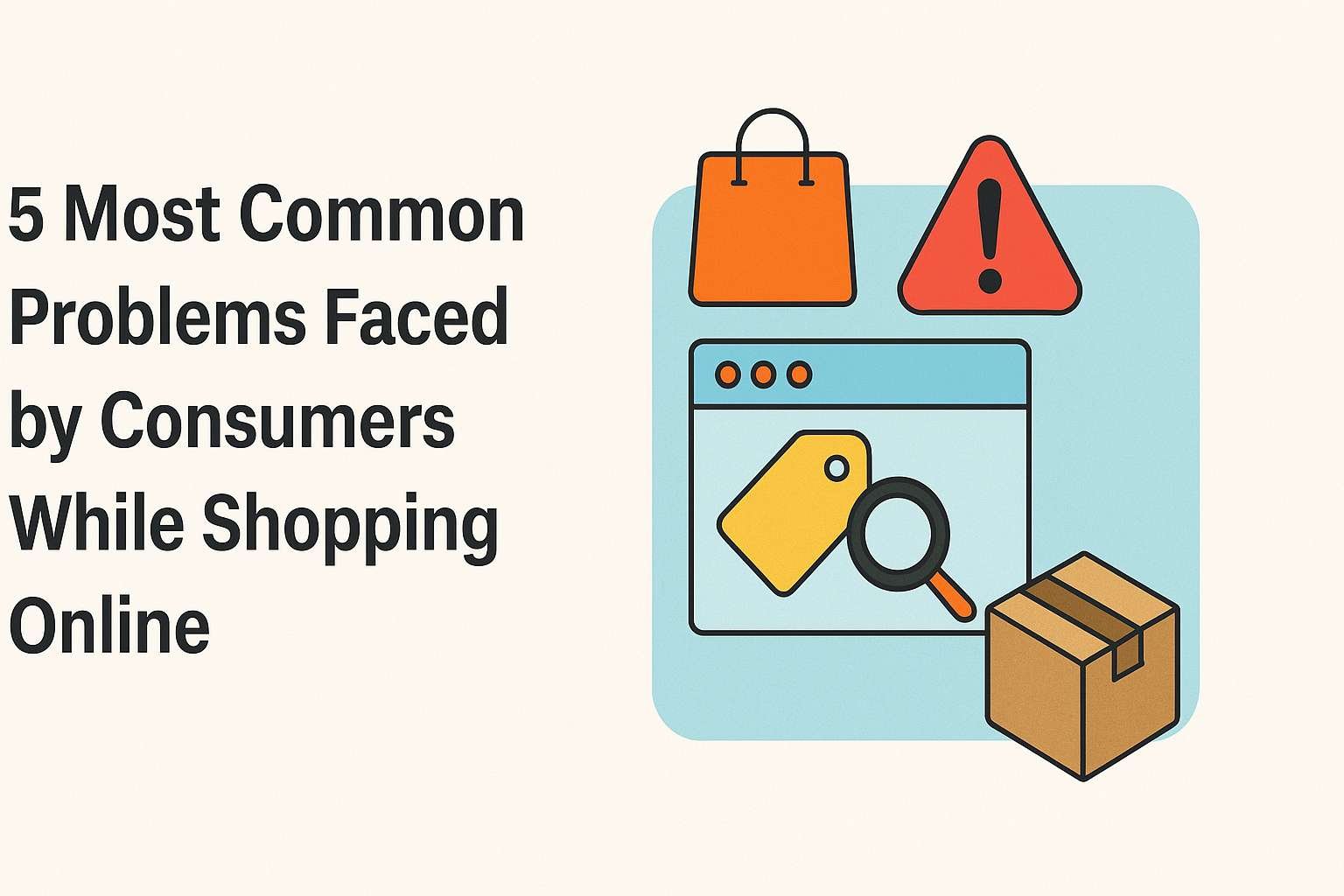On this page you will read detailed information about What Is Limited Government.
As the concept of limited government is foundational to the governance of many modern democracies, it is important for citizens to understand its origins and functions. This article will provide an overview of limited government for the average reader, explaining key concepts in straightforward language. In the next 100 words, you will gain insight into the history, rationale, and real-world application of limited government powers. Fundamental questions will be addressed, such as: What core principles define a limited government system? How does it differ from other forms of government? What mechanisms restrict governmental overreach? And why is limiting government considered essential in some democracies? Read on to enhance your knowledge of this influential political theory that continues to shape policy and discourse worldwide.
Limited Government Definition
A limited government is one with restricted power over its citizens and economy. Its actions and policies are limited by a constitution or charter of rights that protects certain freedoms and entitlements of the people. In a limited government, leaders have specific and restricted authority. They cannot pass laws or take actions that would infringe on the fundamental rights and civil liberties of citizens.
The key principles of a limited government include:
- Separation of powers across different branches of government (executive, legislative, judicial). No one branch has absolute control or authority.
- Federalism where power is shared between national and regional governments. Local governments have authority over local issues.
- Checks and balances between branches of government. No one branch has absolute power over the other branches.
- Written constitution or charter of rights that provides citizens with certain inalienable rights and civil liberties that cannot be infringed upon by the government.
- Transparency and accountability. Governments must be open in their actions and decision-making processes. They are accountable to citizens and must justify their policies and spending.
- Rule of law where no individual, not even government officials, are above the law. Laws apply equally to all.
- Protection of individual freedoms and minority rights. The will of the majority cannot infringe upon the basic rights and dignities of the minority.
- Fiscal restraint. Governments cannot tax and spend without limits. They must balance budgets and not incur unsustainable debt.
- Free market economy with limited government intervention. Governments allow the free exchange of goods and services based on supply and demand.
In summary, a limited government has restricted and specific powers that are enshrined in law and governance mechanisms that aim to protect individual freedoms and rights. Power is dispersed, not concentrated, to avoid potential abuse. The role of government is limited to protecting life, liberty, and property—not infringing upon them.
The Principles Behind Limited Government
The founding principle behind limited government is that government power should be constrained and individuals should be free to exercise their rights. For a government to be limited, it must adhere to certain principles:
Separation of Powers
Limited governments divide power between different branches – the executive, legislative and judicial branches. No one branch has complete control or authority over the others. This separation prevents any one person or group from having too much control or power.
Constitutionally Enumerated Powers
Limited governments have strictly enumerated powers, meaning their authority is limited to what is specifically outlined in the constitution. Any powers not delegated to the government are reserved for the people or states. Governments cannot overstep these constitutional bounds.
Protection of Individual Rights
Limited governments protect essential individual rights and civil liberties like freedom of speech, freedom of the press, freedom of religion, the right to bear arms, protection from unlawful search and seizure, etc. These fundamental rights are enshrined in law and government cannot infringe upon them.
Rule of Law
Limited governments follow the rule of law – meaning that no one, including government officials, is above the law. Laws should be clearly defined, well-known to the public, and apply equally to all. Officials cannot make arbitrary decisions or rule by decree.
In the previous post, we had shared information about What Is Corporal Punishment? A Legal and Ethical Analysis, so read that post also.
Federalism
Some limited governments also follow the principle of federalism, where power is shared between national, state and local governments. The national government’s powers are limited to those specifically listed in the constitution, while state and local governments handle other governing responsibilities. This division prevents too much power from concentrating at any one level.
In summary, the principles of separation of powers, enumerated powers, protection of rights, rule of law and federalism work together to limit government authority and protect individual freedoms. When put into practice, these principles create a system of responsible, restrained governance that serves and empowers citizens.
Advantages of a Limited Government System
A limited government system places restrictions on the powers and authority of the government. There are several advantages to limiting the size and scope of government:
Increased civil liberties
With less government overreach into citizens’ lives, people enjoy more civil liberties and personal freedoms. Their privacy is respected, and they have autonomy over more life decisions without government interference.
Economic growth
When the government is limited, it cannot easily raise taxes or impose excessive regulations on businesses. This fosters a more free market economy where entrepreneurship and commerce can flourish. Lower taxes also allow people and businesses to keep more of their own money, which they can then invest back into the economy.
Reduced corruption
The more power and control a government has, the more opportunities exist for corruption and abuse of power. By limiting the size and authority of government, there are fewer possibilities for politicians and government officials to exploit their positions for political or financial gain.
Balance of power
In a limited government system, power is distributed rather than concentrated. No one branch becomes too powerful. Separating government power across different branches (executive, legislative, and judicial) and different levels (federal, state, and local) helps ensure that no one person or group has complete control or authority. Power is balanced, and each branch is held accountable by the others.
While a limited government system may not solve all societal problems, when implemented properly it can maximize personal freedom, encourage economic prosperity, reduce corruption, and establish an equitable balance of power. By restricting the influence and overreach of government into citizens’ lives and the free market, people are given more autonomy and opportunity to thrive. Overall, the advantages of limited government aim to empower individuals, not the state.
Disadvantages and Critiques of Limited Government
While the concept of limited government is ideal in theory, it has some potential downsides and critiques in practice.
- Inefficiency: When the government’s role is limited, it may lack the capability or authority to respond quickly and effectively during times of crisis. Limited infrastructure and deregulation could hamper disaster relief efforts or economic interventions when needed.
- Inequality: Limited government intervention in the economy and social programs may fail to account for inequalities in the system or provide adequate support for vulnerable groups. Without mechanisms to promote equal opportunity, gaps in income and access to resources could widen over time.
- Instability: Deregulation and lack of oversight could contribute to market instability, financial crises, or other boom-bust cycles that negatively impact citizens. Limited restrictions on businesses and financial institutions may allow risk-taking that threatens economic security.
- Lack of Public Goods: If left entirely to private interests, limited government may underprovide ‘public goods’ like infrastructure, healthcare, education, and environmental protection that benefit society overall. These types of goods tend to be underproduced when left to free markets and private businesses.
- Power Vacuums: Limiting government authority could create power vacuums that are filled by other groups like large corporations, wealthy individuals, or other entities that are not democratically accountable. This could concentrate power and influence in the hands of a few.
While the vision of limited government is a noble one that promotes liberty and economic freedom, it must be balanced with mechanisms to protect citizens, promote the public good, and ensure equal opportunity. An effective system of government should aim for the right balance of freedom and fairness, liberty and justice, deregulation and oversight. Both extremes of an overreaching or ineffectual government are imperfect and open to reasonable critiques. Overall, good governance requires nuance, balance, and a shared commitment to the common welfare of all citizens.
Examples of Limited Governments Throughout History
Limited governments that uphold civil liberties and restrict absolute rule by dividing power have existed at various points in history.
The Magna Carta
Issued in 1215, the Magna Carta was one of the first documents to establish certain rights for English citizens and restrict the king’s power. It helped lay the groundwork for constitutional law and limited governance.
The Mayflower Compact
In 1620, English settlers aboard the Mayflower agreed to establish a civil body politic to enact “just and equal laws” for the general good of the colony. The Mayflower Compact helped ensure the colony would have self-rule and not be subject to tyrannical leadership.
The United States Constitution
Drafted in 1787, the U.S. Constitution established America’s system of government with separation of powers across executive, judicial and legislative branches. It guaranteed essential rights and civil liberties for citizens while restricting federal government overreach. The Constitution’s system of checks and balances prevents any one person or group from having absolute control or power.
Other Historical Examples
Additional examples of governments that established limits on power and protected citizens’ rights include:
- The English Bill of Rights (1689)
- The French Declaration of the Rights of Man (1789)
- The Canadian Charter of Rights and Freedoms (1982)
In conclusion, the ideal of limited governance has been upheld at several pivotal points in Western history. When power is distributed and not concentrated in the hands of any single ruler or group, essential freedoms and rights can be protected. However, limited governments must constantly be defended against potential erosion of checks and balances, and expansion of control over citizens’ lives. Overall, limited governments aim to avoid tyranny of the majority as well as tyranny of the minority.
How Modern Limited Governments Operate
Division of Power
In a limited government, power is divided between different branches – the legislative, executive and judicial branches. The legislative branch (parliament or congress) makes laws, the executive (president or prime minister) enforces laws, and the judicial (court system) interprets laws. This separation of powers prevents any one person or group from having too much control or authority.
Checks and Balances
Each branch of government checks the power of the other branches to prevent abuse of power. For example, the legislative branch creates laws, the executive can veto bills, but the legislative branch can override vetoes. The judicial branch can declare laws unconstitutional, but the legislative branch can amend the constitution. This system of restraints ensures that power remains balanced and not concentrated in the hands of any single branch.
Constitution and Bill of Rights
A limited government has a constitution that defines the scope and limits of governmental power. It establishes the structure of the government and protects citizens’ civil liberties and rights. A bill of rights, like the U.S. Bill of Rights, guarantees essential rights and freedoms, like freedom of speech, press, religion, due process, and protection from cruel punishment. These documents place restrictions on government overreach and protect citizens from potential tyranny of the majority.
Free and Fair Elections
Modern democracies hold regular free and fair elections so citizens can choose their political representatives and leaders. Elections give citizens a voice and way to peacefully remove politicians from office. They also encourage politicians to govern responsibly to get re-elected. In a limited government, certain rights like voting are granted to all citizens regardless of race, religion, sex, or other attributes.
Rule of Law
Limited governments follow the rule of law – the principle that all people and institutions, including the government, are subject to laws that are publicly made, independently adjudicated, and consistent with international human rights principles. Officials are not above the law, and the law is applied equally regardless of a person’s status. The rule of law protects citizens from arbitrary governance and tyrannical rule.
In summary, limited governments restrain governmental power through constitutions, separate and balance power across different branches, protect civil rights, hold free elections, and follow the rule of law. These measures aim to prevent authoritarianism and protect individual freedoms.
Checks and Balances in a Limited Government
In a limited government, power is distributed among different branches to prevent any one person or group from becoming too powerful. The framers of the U.S. Constitution established checks and balances through the separation of powers across the executive, legislative and judicial branches of government.
The executive branch, comprised of the President and executive departments, enforces laws passed by Congress and is commander-in-chief of the military. However, the President’s power is checked by the need for Senate approval of treaties and appointments. Congress has the power to approve or reject the President’s budget and can impeach the President for wrongdoing.
The legislative branch, comprised of the House of Representatives and the Senate, has the power to make laws. But the President can veto bills passed by Congress, subject to being overridden by a two-thirds vote in both houses. The judicial branch, the Supreme Court and lower courts, interprets laws and can declare laws unconstitutional, but Congress has the power to amend the Constitution and impeach judges.
This separation of powers, along with checks and balances, prevents tyranny of the majority and protects the rights and interests of minorities. It ensures that power remains balanced and not concentrated in the hands of any one person or group.
Some additional checks and balances in the U.S. system of government include:
- Federalism: Power is shared between federal government and state governments.
- Bicameral legislature: The House and Senate must agree for legislation to pass.
- Judicial review: The Supreme Court can declare laws unconstitutional.
- Amendment process: The Constitution can be amended by a high bar (2/3 vote in Congress, 3/4 of states).
- Filibuster and cloture: The Senate minority can filibuster, but 3/5 of Senate can invoke cloture.
- Power of the purse: Congress controls funding for government operations and programs.
This system of checks and balances, enshrined in the U.S. Constitution, is designed to prevent tyranny and protect the rights of citizens. By distributing power across different branches and instituting mechanisms for each branch to limit the power of the others, the framers created a balanced system of government with constrained power.
The Ongoing Debate Over the Scope of Limited Government
Limited government refers to a government with limited, restricted powers that are specifically enumerated in a charter or constitution. In theory, limited government protects individual liberty and autonomy by ensuring government powers are not abused. However, there is an ongoing debate regarding how limited government should be in practice.
Some argue for a strictly limited government that solely protects individual rights and freedoms, as well as the national defense and market economy. They believe individuals and private organizations should have autonomy over most areas of society. Others argue for a moderately limited government with more regulatory powers to protect public interests like health, education, infrastructure, environment, and consumer protections. They believe government intervention is necessary to curb the influence of large corporations and promote equity.
There are reasonable arguments on both sides. An overly expansive government can infringe on civil liberties and economic freedom. However, an excessively limited government may not adequately protect public interests or provide essential services. Most modern democracies have adopted a mixed model with a moderately limited government and regulated market economy. They aim to strike a balance between individual liberty and public welfare.
In the US, interpretations of the Constitution and debates over the scope of federal powers have evolved over time. The federal government today has more regulatory authority than in early US history. However, there are still disagreements over specific policies and the overall size and role of government. This ongoing debate is fundamental to the functioning of American democracy. By design, limited government should be open to reform and adaptation to meet the changing needs of citizens. But it must do so carefully and judiciously to avoid overreach.
A limited government that respects both individual freedom and the common good helps ensure the maximum benefit to the maximum number. But finding the right balance between the two remains an imperfect work in progress.
FAQ: Answering Common Questions About Limited Government
A limited government is one whose powers are restricted by law and a constitution. In a limited government, the government’s power is balanced by the rights and interests of citizens. If you have questions about how a limited government functions, here are some answers:
The key principles of limited government are:
i) Dividing power between different branches (separation of powers)
ii) Federalism – dividing power between national, state and local governments
iii) Checks and balances between branches of government
iv) Protecting individual rights and civil liberties
v) Rule of law – requiring the government and citizens to follow the law
How does limited government protect individual rights? A limited government protects rights like freedom of speech, freedom of religion, and property rights by:
i) Enumerating and guaranteeing certain rights in a constitution or bill of rights.
ii) Limiting government power and overreach through separation of powers and checks and balances.
iii) An independent judiciary that can declare laws unconstitutional if they violate rights.
iv) Federalism, which allows citizens to vote with their feet by moving to states with laws they prefer.
Some of the most well-known examples of limited governments include:
I) The United States federal government under the Constitution. The Constitution limits government power and guarantees essential civil liberties and rights.
II) Canada’s federal government under the Canadian Charter of Rights and Freedoms. The Charter limits government power and protects rights like freedom of expression and equality rights.
III) Post-World War II Germany under its Basic Law. The Basic Law establishes Germany as a democratic, federal and social constitutional state that respects human rights and civil liberties.
In summary, a limited government protects individuals by restricting government power through principles like federalism, separation of powers, and bills of rights. Democracies around the world have adopted limited government systems to safeguard civil liberties and balance government authority.
Conclusion
In closing, understanding what limited government is and how it functions empowers citizens to make informed decisions. As you have learned, a limited government operates under constraints designed to protect individual rights and liberties. By limiting its powers through checks and balances and embracing ideals such as federalism, such a system aims to prevent tyranny and abuse. Moving forward, you can leverage your knowledge of limited government principles to evaluate policies and leadership. Getting involved in the civic process to make your voice heard is also key. Though no system is perfect, an informed and engaged citizenry helps steer the ship of state toward its highest aspirations.
Disclaimer
The information and services on this website are not intended to and shall not be used as legal advice. You should consult a Legal Professional for any legal or solicited advice. While we have good faith and our own independent research to every information listed on the website and do our best to ensure that the data provided is accurate. However, we do not guarantee the information provided is accurate and make no representation or warranty of any kind, express or implied, regarding the accuracy, adequacy, validity, reliability, availability, or completeness of any information on the Site. UNDER NO CIRCUMSTANCES SHALL WE HAVE ANY LIABILITY TO YOU FOR ANY LOSS OR DAMAGE OF ANY KIND INCURRED AS A RESULT OR RELIANCE ON ANY INFORMATION PROVIDED ON THE SITE. YOUR USE OF THE SITE AND YOUR RELIANCE ON ANY INFORMATION ON THE SITE IS SOLELY AT YOUR OWN RISK. Comments on this website are the sole responsibility of their writers so the accuracy, completeness, veracity, honesty, factuality and politeness of comments are not guaranteed.
So friends, today we talked about What Is Limited Government, hope you liked our post.
If you liked the information about What Is Limited Government, then definitely share this article with your friends.

